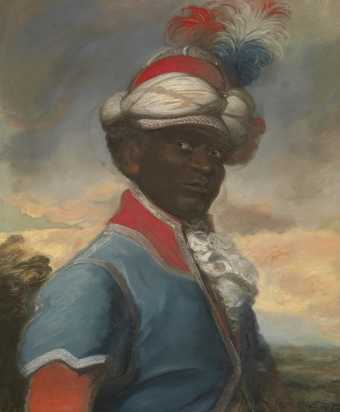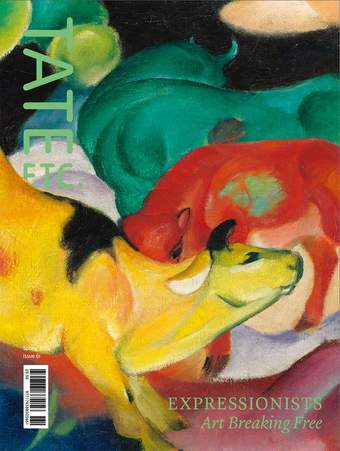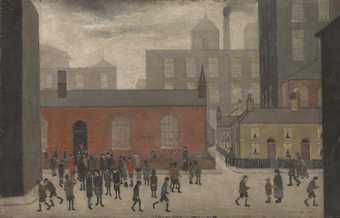
Ozias Humphry
Christiaan van Molhoop (c.1795)
Tate
I was first introduced to this half-length pastel portrait by Ozias Humphry when I began researching the long history and presence of Black people in England. I wanted to correct the commonly held idea that the first Black people in Britain were the passengers who arrived at the Port of Tilbury from Kingston Harbour, Jamaica on HMT Empire Windrush in June 1948. I knew this wasn’t true. However, I also realised that my knowledge of the subject was limited.
My concept was relatively simple: alongside reading lesser-known histories, I would search for Black figures featured in historic artworks dating back hundreds of years, learn about their lives (if possible), and centre them in my own paintings. Sometimes my work would create new narratives for them or simply amplify the fact of their existence.
When I first saw Humphry’s drawing in Tate’s collection, my initial impression was that the sitter must have been a man of great importance, due to his prominence in the frame and his extravagant style of dress. As I would later read, in the early 20th century the portrait was even sold at Christie’s bearing the title ‘African Prince’. This, however, could not have been further from his reality. The title of the drawing, when I first came across it that day at Tate Britain, was Baron Nagell’s Running Footman c.1795.
Baron Nagell was Dutch ambassador to London in the late 18th century and was known for his flamboyantly dressed servants. A couple of years ago, new research by genealogical researcher Marjolijn Flobbe identified the anonymous ‘footman’ as Christiaan van Molhoop, a man who was born enslaved in Suriname. Van Molhoop is the only Black person known to have been drawn by Humphry, who held the title of ‘Portrait Painter in Crayons to his Majesty’. I was curious to know why van Molhoop had been chosen as a subject, especially for a solo portrait, when many historic depictions of Black people portrayed them in service to their employers.
I decided to paint my own portrait of van Molhoop in oil paint, using as the background a pattern from a textile print that had been in production at the time. I titled my painting Christian van Molhoop 2022, because I believed his name should be known, especially when the identities of so many painted Black figures of that time are not. Now that Tate has also updated the title of the artwork in its collection, I’m glad that Christiaan van Molhoop no longer shares that fate.
Christiaan van Molhoop was purchased with assistance from Tate Members and the Sir Robert Horton Bequest in 2013 and is on display in the gallery Troubled Glamour: 1760–1830, Tate Britain.
Joy Labinjo is an artist based in London.



